Addition Within 10
What is Adding?
Do you know what happens when you get more toys or candies? You are adding! Let’s see: if you have 4 red cubes and someone gives you 2 more blue cubes, how many cubes do you have now? \(+\)
\(+\)  \(=\)
\(=\)
Now you have 6 cubes! In math, we write it like this: $$4 + 2 = 6$$ \(+\)
\(+\)  \(=\)
\(=\) 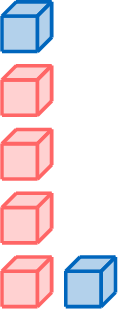

Definition Addition
Addition means putting things together. When we add, we find how many we have in total.
- The \(+\) symbol means "add."
- The \(=\) symbol shows that the two sides are the same.
- Numbers: $$\textcolor{colordef}{4} + \textcolor{colorprop}{2} = \textcolor{olive}{6}$$
- Cubes:
 \(+\)
\(+\)  \(=\)
\(=\) 
- Fingers:
 \(+\)
\(+\)  \(=\)
\(=\) 
- Words: $$\textcolor{colordef}{\text{four }}\text{plus}\textcolor{colorprop}{\text{ two}}\text{ equals }\textcolor{olive}{\text{six}}$$
How to Add?
Method Counting All
If you have 3 apples in a basket, and then you get 2 more apples, how many do you have? \(+\)
\(+\) \(=\)
\(=\)
\(3+ 2 = 5\)
 \(+\)
\(+\)  \(=\)
\(=\) 
- Count the 3 apples you already have:
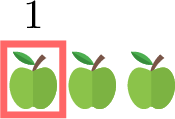 \(+\)
\(+\) \(=\)
\(=\)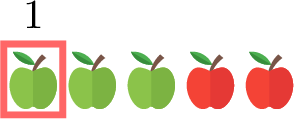
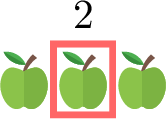 \(+\)
\(+\) \(=\)
\(=\)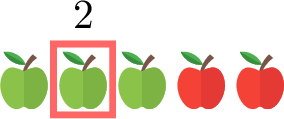
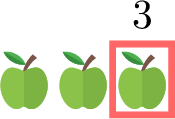 \(+\)
\(+\) \(=\)
\(=\)
- Add the 2 new apples to the basket:
 \(+\)
\(+\)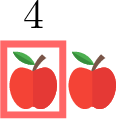 \(=\)
\(=\)
 \(+\)
\(+\)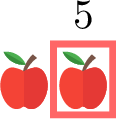 \(=\)
\(=\)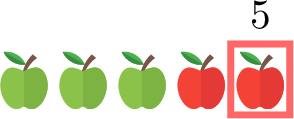
- You have 5 apples!
 \(+\)
\(+\) \(=\)
\(=\)
Method Counting On
If you have 7 apples in a basket, and then you get 2 more apples, how many do you have? \(+\)
\(+\) \(=\)
\(=\)
\(7+ 2 = 9\)
 \(+\)
\(+\)  \(=\)
\(=\) 
- Start with the 7 apples you already have:
 \(+\)
\(+\) \(=\)
\(=\)
- Add the 2 new apples to the basket:
 \(+\)
\(+\)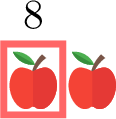 \(=\)
\(=\)
 \(+\)
\(+\) \(=\)
\(=\)
- You have 9 apples!
 \(+\)
\(+\) 
Adding using Number Line
Method Adding using Number Line
We want to find \(3+5\).
- Place a marker on 3.
- Move 5 steps forward.
